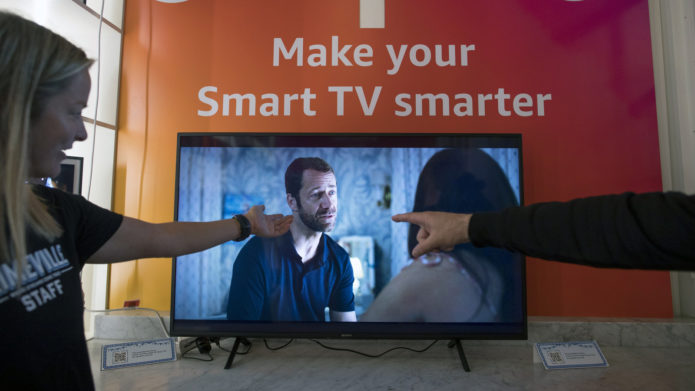Aside from a few of the cheapest smaller TVs on the market, practically every TV you can buy at retail now has some kind of smart TV operating system with internet connectivity. Some manufacturers, like Samsung and Vizio, have their own operating systems. Other companies can license Google TV, Roku TV, LG’s webOS (which LG also uses on its TVs), or Amazon’s Fire OS. Fire OS, in particular, has made its mark on budget-priced TVs, with Amazon’s own TVs and Best Buy’s Insignia-branded models running the retail and cloud computing giant’s Android offshoot.
****
One particularly cool feature of Fire TV devices is that Fire OS can integrate live TV from various sources into the Live TV tab available on the TV’s home screen. In that tab, the user interface seamlessly can list, alongside each other, over-the-air channels, channels from cable TV replacement apps, live channels from select network-specific apps, and the “live” channels from free ad-supported streaming TV (or FAST for short) providers like Pluto TV. If you don’t know what you want to watch and want to browse what’s on, Fire TV’s live TV tab minimizes the amount of app-hopping you need to do.
If you have experience using Google TV or Roku TV, you know they have similar functionality, but the Fire TV version is significantly more versatile. On Google TV and Roku TV, the list of compatible apps is heavily skewed towards cable replacement and FAST services. On Fire TV, though, those are supplemented by support for live feeds from the likes of the ESPN app. Read on to learn how to make the most of the Live TV tab on a TV running Fire TV.
****


